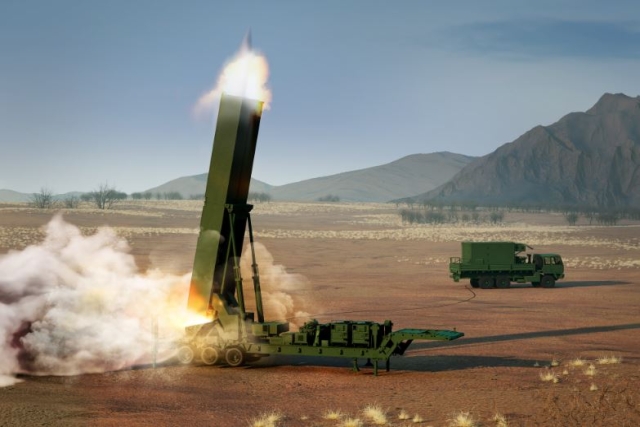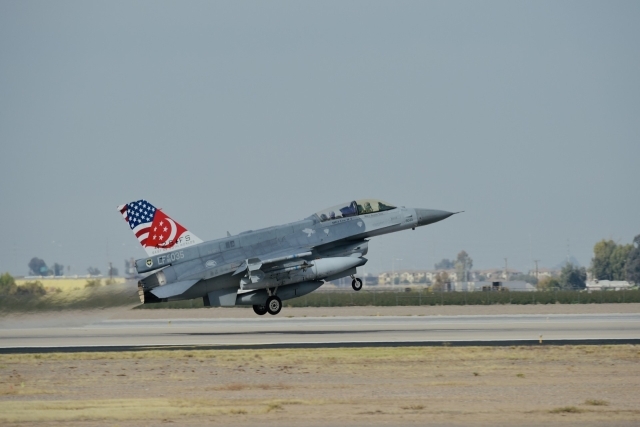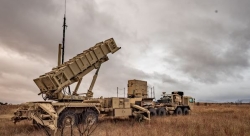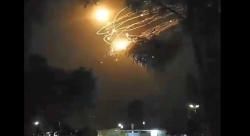Will The Boeing F-15 Walk Away With The S. Korean FX Contract?
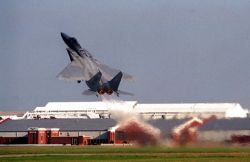
Said to be the last big international order for the Boeing F-15, the South Korean FX deal is tantalizingly within reach of this venerable fighter. After the presumed disqualification of the Eurofighter Typhoon on technical grounds, the F-15 SE is the last aircraft standing and Seoul is expected to commence final negotiations with Boeing next month, despite protests from EADS.
Armed with air-to-air missiles that can be launched from beyond visual range, and air-to-ground capability to penetrate hostile air and ground defenses to deliver up to 24,000lb of precision ordnance; over 1,500 F-15s are in service worldwide with the US Air Force, US Air National Guard and the air forces of Israel, Japan and Saudi Arabia, including over 220 F-15E fighters.
The aircraft, dubbed as the Silent Eagle, made its debut in 1986 as a replacement for the General Dynamics F-111 Aardvark. By 2001, the USAF has ordered nearly 230 F15 jets and planned to purchase another 392 aircraft.
Singapore quickly followed suit and placed an order for 12 F-15SG aircraft in 2005. Three years later, the F-15E would become the first fighter to fly powered by a blend of synthetic fuel and JP-8.
"The F-15 Silent Eagle is designed to meet our international customers' anticipated need for cost-effective stealth technologies, as well as for large and diverse weapons payloads," said Boeing F-15 programme vice president, Mark Bass in 2009.
The F-15SE uses aerodynamic, avionic, and stealth features including key elements like RCS reductions, an internal weapons bay and advanced avionics enhancements.
The F-15 possess enhanced avionics such as an integrated active electronically scanned array (AESA) radar and digital electronic warfare system (DEWS) that provides the pilot with greater situational awareness.
The aircraft’s internal carriage capability minimizes radar signature and significantly increases pilot tactical options. It is equipped with two internal bays designed for multiple carriage configurations and is capable of carrying electronic warfare, reconnaissance equipment, side-looking radar, and jamming equipment.
In 2002, South Korea ordered 40 next-generation F-15 aircraft known as the Slam Eagle. By 2008, the country had ordered an additional 21 fighter jets powered by General Electric F110-GE-129 engines and features a new electronic warfare suite including BAE Systems IEWS ALR-56C(V)1 radar warner, BAE Systems IDS ALE-47 countermeasures dispenser system and Northrop Grumman ALQ-135M radar jammer
The F-15E can carry up to four Lockheed Martin / Raytheon AIM-9LM infrared-guided Sidewinder air-to-air missiles, up to four Raytheon AIM-7F/M radar-guided Sparrow air-to-air missiles, or eight Raytheon AMRAAM radar-guided, medium-range air-to-air missiles.
The aircraft is also armed with an internal General Dynamics M-61A1 20mm Gatling gun installed in the right wing root, which can fire 4,000 or 6,000 shots a minute.
In 2011, Saudi Arabia ordered 84 F-15s worth $29.4 billion. This deal also included mordernization of 70 existing aircraft.
The first of the new warplanes will be delivered to Saudi Arabia in early 2015. Upgrades to existing planes will begin in mid-to-late 2014, according to James Miller, principal deputy undersecretary of defense for policy.
The same year, Boeing lost to Lockheed Martin’s F35A as Japan’s newest stealth fighter intended to replace its aging F-4 “Kai” Phantom fleet.




